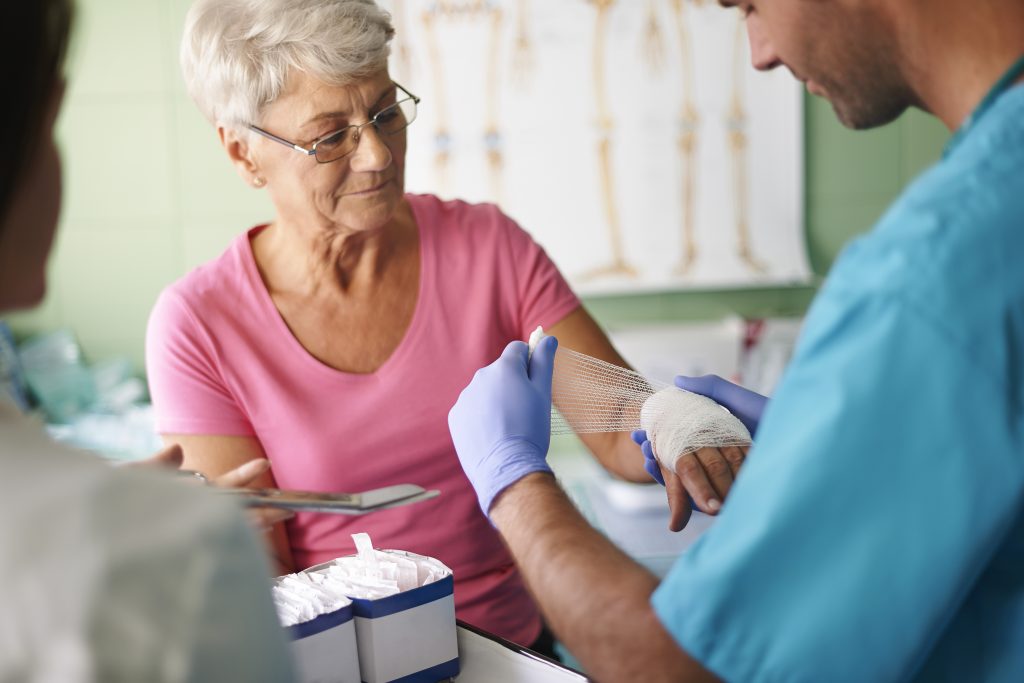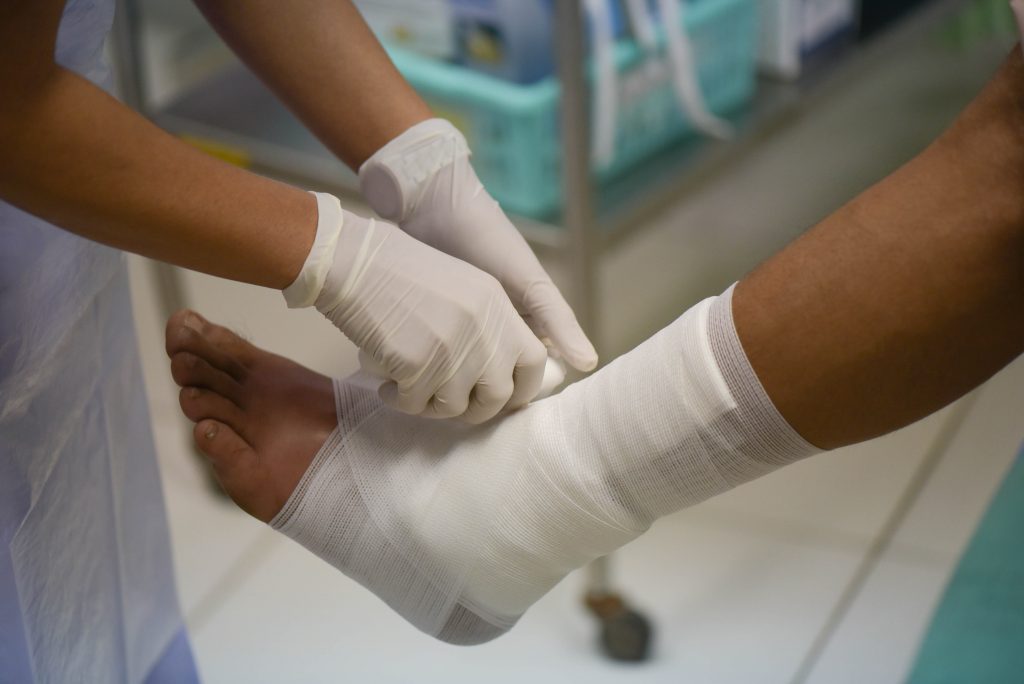Pressure injuries, also known as bedsores, are pervasive and often preventable chronic wounds, particularly in the underserved geriatric population. They affect over 2.5 million people per year and can significantly diminish quality of life or lead to dangerous complications.
Understanding how to prevent and address pressure injuries is an important part of effective patient care, so much so that the medical community celebrates Worldwide Pressure Injury Prevention Day each November. This is a valuable time for clinicians to update their pressure injury knowledge and to learn about new wound care developments and insights.
To help spread awareness about pressure injuries, Vohra has put together some helpful information about how to identify and address these wounds. In addition, our leading Wound Care Certification program includes valuable insights into pressure injury treatment and prevention, as well as modules about many other important wound care considerations.

Wound Care Certification
What are pressure injuries?
Pressure injuries, also known as pressure ulcers or bedsores, are skin injuries that occur when localized pressure or shear is applied to the skin’s surface for a prolonged duration. This frequently occurs when a patient spends significant periods of time in a bed or wheelchair.
Pressure injuries typically occur on bony areas of the skin, such as the spine, heels, elbows, shoulder blades, or back of the head, and are worsened by improper skin moisture. These wounds affect more than 2.5 million people per year and can lead to life-threatening complications due to wound worsening or infection. Many pressure injuries can be prevented with proper clinician expertise, so it is crucial that healthcare workers are aware of risk factors and prevention strategies.
What are the symptoms of pressure injuries?
The symptoms of pressure injuries include:- Changes in skin color (redness or blue/purple hue)
- Skin pain, swelling, itching, or tenderness
- Noticeable warming or cooling of the skin
- Skin loss and deeper wound development
- Change in skin texture (more spongy or hard)
- Stage 1: Skin is discolored and does not blanch in response to pressure
- Stage 2: The skin displays superficial damage (blister-like appearance)
- Stage 3: The wound deepens and the fatty layer of the skin is visible
- Stage 4: The wound extends down to the bone and becomes highly prone to infection
It is important to remain vigilant and to take action if a patient develops these symptoms. As a pressure injury progresses through the four stages, it becomes increasingly dangerous, so preventative strategies and early treatment are critical.




Wound Care Certification

Who is at risk for pressure injuries?
Since pressure injuries result from prolonged pressure to the skin, they most frequently affect those that spend significant periods of time in bed or in a wheelchair. This primarily includes the elderly and those who are hospitalized due to illness or injury. Other at-risk groups include:- Those with limited or inhibited mobility. They are more likely to spend prolonged periods in a bed or wheelchair.
- Those with incontinence. Excessive moisture on the skin greatly increases the risk of pressure injury.
- Those with loss of sensation. These patients may not be aware of prolonged pressure on their skin, so their wounds may worsen without them taking action.
- Those with malnutrition. Wound healing can be significantly delayed when a patient is not receiving adequate nutrition.
- The elderly. As people age, their skin becomes thinner and less able to withstand damage due to shear and pressure. The elderly also heal more slowly and are more prone to infection.
How can you prevent pressure injuries?
Prevention is the most valuable way to reduce instances of pressure injuries and improve patient quality of life. Here are five ways to prevent pressure injuries:- Develop pressure injury prevention plans and training. Ensure that all members of your facility are aware of the risk of pressure injuries and the importance of addressing them
- Conduct risk factor assessments. Use a validated assessment tool, such as the Braden Scale, to regularly assess patients for relevant risk factors. This will help identify when preventative measures should be taken.
- Provide regular skin care. Ensure that patients’ skin is cleansed, emolliated, and moisturized regularly to ensure proper moisture and prevent pressure injuries. While conducting skin care, clinicians can also look for signs of pressure injury development.
- Ensure proper nutrition. In order for wounds to quickly and effectively heal, patients must maintain appropriate levels of nutrients such as Vitamin C, Vitamin A, and zinc, as well as maintain a protein-rich diet. Supplements can be prescribed as needed.
- Reposition and mobilize patients. Patients that spend significant time in bed or in a wheelchair should be regularly repositioned and assessed to ensure that there is no undue stress or friction on the skin.
Pressure injury awareness
Pressure injuries are widespread, chronic wounds that significantly diminish patient quality of life. In order to prevent them, clinicians must be aware of risk factors and treatment strategies.
To increase awareness about pressure injuries and other important wound care considerations, Vohra Wound Physicians has helped thousands of clinicians become credentialed through our Wound Care Certification Program. This program educates clinicians on effective wound care, with topics including Acute & Chronic Wounds, Atypical Wounds, Preventing Rehospitalization, and Pressure Injuries.






